- No products in the cart.
(1935) Horse Fight – original graphical sheet bound into bibliophilia no. 54
Emil Filla
a href=“https://investinart.biz/shop/?min_price=2900&max_price=3000&lang=en&filter_autor=filla-emil-en&filter_kategorie=graphics&filter_tema=cubism&s=54&post_type=product“ alt=“Show entire set“ title=“Show entire set“>Show entire set
Drypoint, 1935, size 23 cm x 16,8 cm
Denoted middle bottom E. F. in circle
Signed right bottom: Emil Filla
Popis
Drypoint, 1935, size 23 cm x 16,8 cm
Denoted middle bottom E. F. in circle
Signed right bottom: Emil Filla
The highest achieved price for oil on canvas by Emil Filla on the Czech auction market: 19.5 million CZK, Adolf Loos Apartment and Gallery, Prague, 2010
The highest achieved price for oil on canvas by Emil Filla on the world auction market: 588 thousand €, Sotheby’s, 2011
Filla´s interest in the iconography of animal fights – pertinently fights between a man and an animal – is traditionally put to context with the rise of fascism in Europe, mainly in Germany after the election of Adolf Hitler to the position of the Chancellor in the year 1933. The dry point drawing Horse fight from the year 1935 is possible to consider to be the genesis of extensive graphic cycle Fights and Struggles, which came into existence in the year 1936. At that time, an Old Testament prophetic vision of Fascism was born from the passion of the struggle.
Like Pablo Picasso, who entered the service to his homeland in the year 1937 by today famous Guernika, Emil Filla influenced the public opinion by allegories of struggle and by his work he significantly supported the fight against Fascism. Filla´s fight starts by defining the symbol of the ancient Greek hero Hérakles and his struggles – in monumental scenes at first, later the artist transfers the topic of the fight and struggle to graphic techniques also.
In the depiction of the motif of fight and struggle, for the first time, the form motif of brutal stereotype comes to the scene of the graphic folio. It is unreal so that it would talk one into believing the horrifying reality and the fierce destruction of the victim. The animal that is being attacked by a predator, another animal or a human, is knocked down to the ground, it falls to the knees of the front legs. Together with this movement, that gives the whole front half of the body a violent fall to the ground, a contradictory movement of the rear half of the body upwards takes place in the same. Abruptly contradictory movement in a real body would be possible only in the case of breaking the spine of the animal, which would be caused by its spiral distortion in the axis of the body – to the shape of flat placed “S“. Over the defeated horse, the second horse with victorious roaring, rising on its rear legs up, is ready to give its rival the last deadly blow by its front hooves…
Bibliography:
Čestmír Berka: Emil Filla, grafické dílo, Odeon 1968, pages: 72-73, 270.
Vojtěch Lahoda: Emil Filla, Academia Praha 2007, page 493-495.
Další informace
| Autor | |
|---|---|
| Období | |
| Místo vzniku | |
| Rok vzniku | |
| Kategorie | |
| Technika | |
| Téma | |
| Signováno | |
| Rozměr díla | 30.5 x 47.5 cm, ⤢ 56.4 cm |
| Rozměr kresby díla | 23 x 16.8 cm |
Pro přidávání recenzí se musíte nejdříve přihlásit.



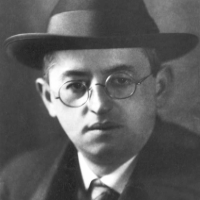

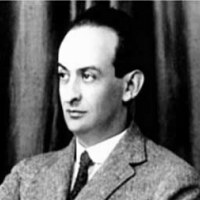


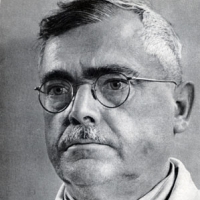
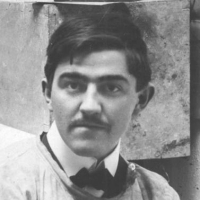
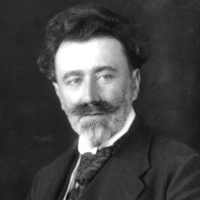
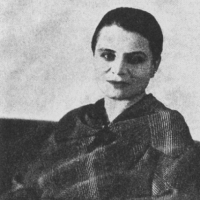

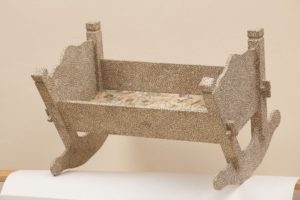
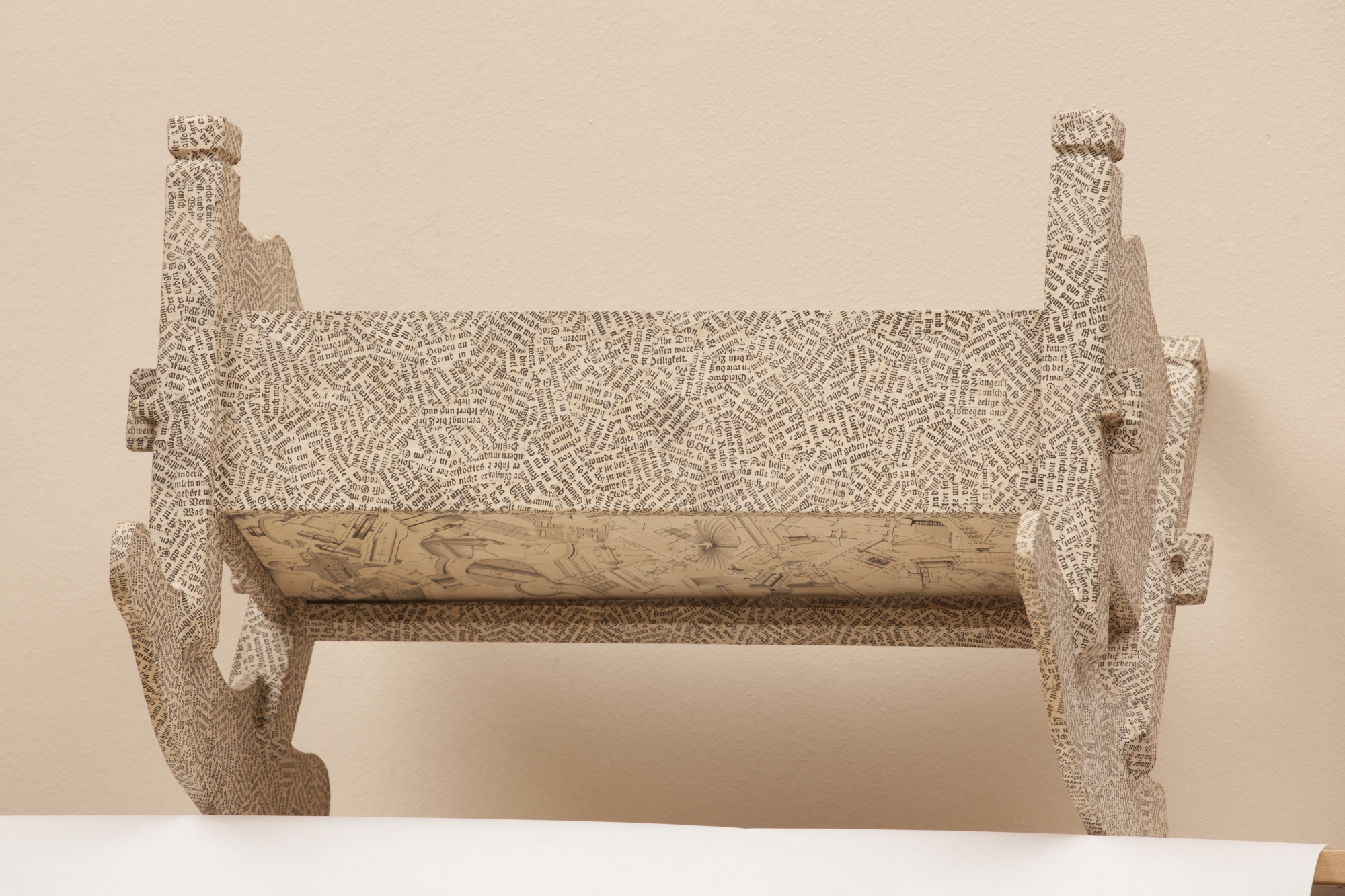
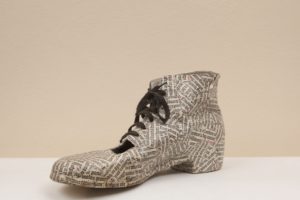


Recenze
Zatím zde nejsou žádné recenze.